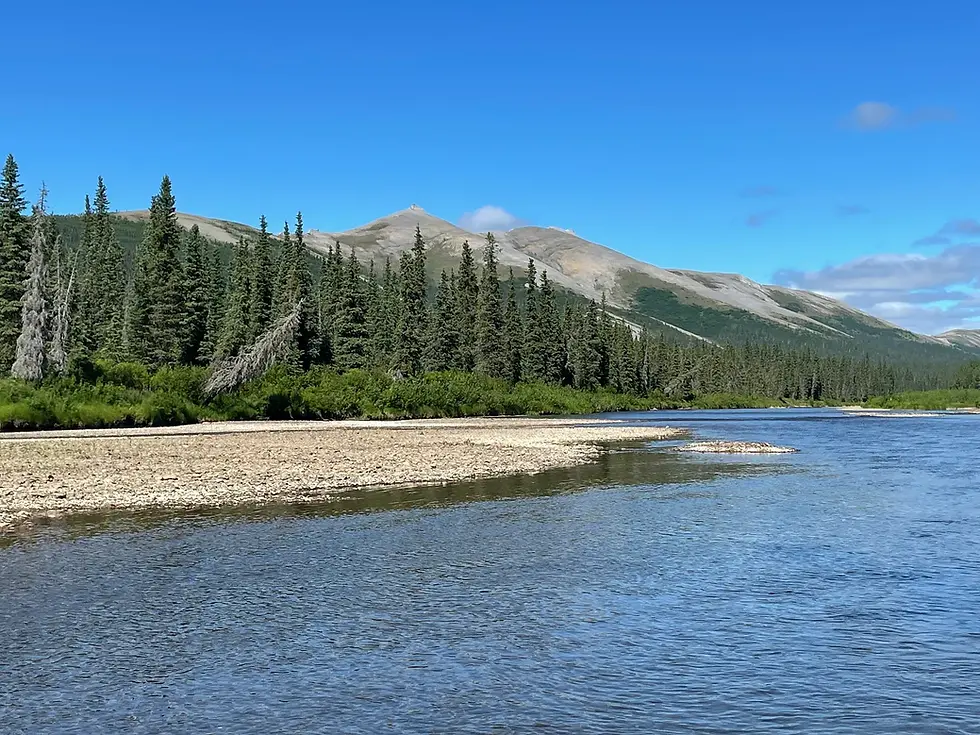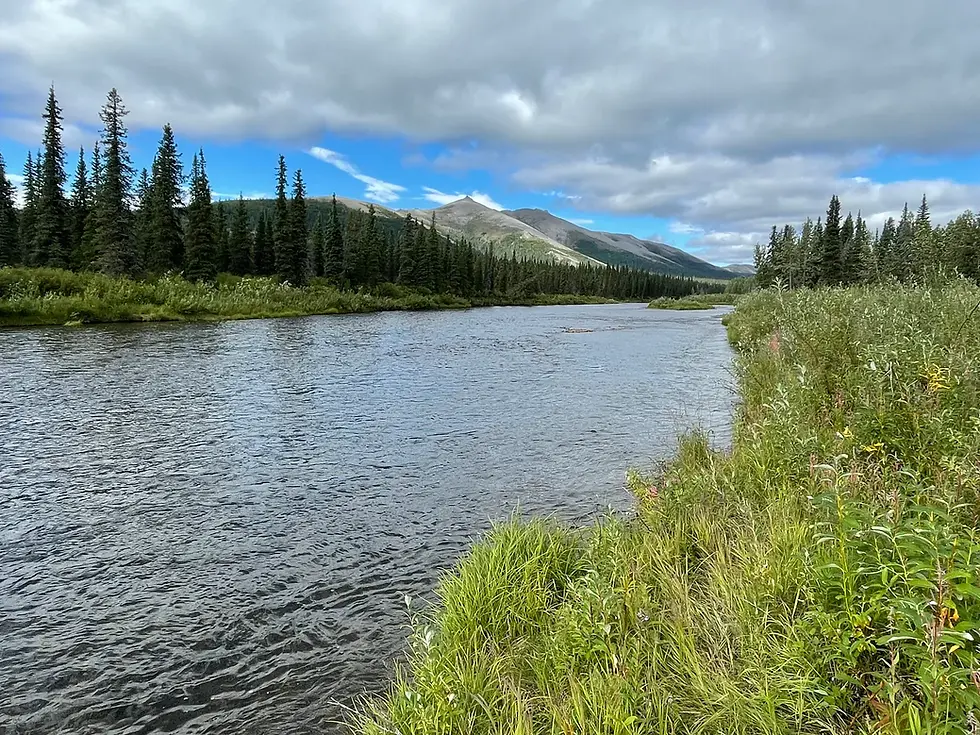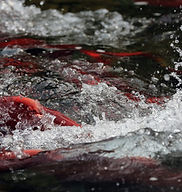Healing the Ozone Layer and Slowing Arctic Warming
- Norton Bay Watershed Council

- Feb 6, 2020
- 1 min read
February 6, 2020

A recent study published in the journal Nature Climate Change may help to explain why the Arctic has warmed more than twice as much as the rest of the world, and why that rate of warming may slow in future years. Chlorofluorocarbons, or CFCs, largely banned following the Montreal Protocol took effect in 1987, not only cause holes to form in the ozone layer, but absorb and reflect sunlight much more effectively than Carbon dioxide. Although CFCs are rare by comparison to other greenhouse gasses, they appear to have contributed significantly to Arctic warming, trapping infrared heat rays which are usually reflected by snow and ice through the atmosphere and into space.
CFC levels peaked in the mid-1990s, soon after the ban, and have declined by approximately 20 percent since. Soon after, the ozone layer began to heal, and now there is reason to hope that the pace of arctic warming and sea ice melt may also slow as CFC levels continue to decline.








Comments